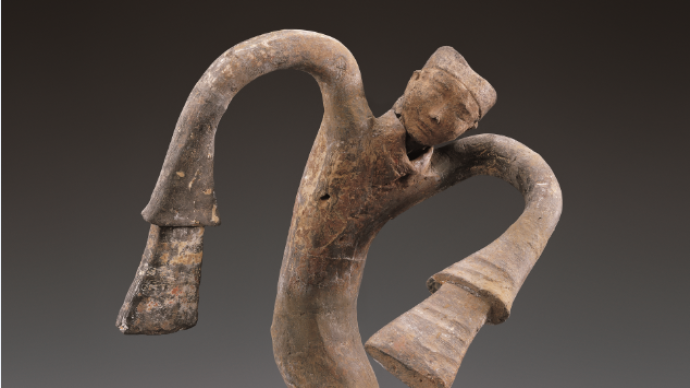
The Han Dynasty was the second unified empire after the Qin Dynasty. From the establishment of the Western Han Dynasty in 202 BC to the demise of the Eastern Han Dynasty in 220 AD, the dynasty consolidated the centralization of power through restructuring, war and innovation, and the Chinese people gradually formed their identity with the country, nation and culture. The turbulent changes and multiple integrations in the past 400 years have profoundly affected China's political system, economic system, social formation, and artistic culture in the following two thousand years.
The Paper has learned that on June 17, 2022, the special exhibition "Only Peace in the World - Four Faces of Civilization in the Han Dynasty" will be exhibited in the West Hall of Suzhou Museum. This exhibition takes "faces" as the interpretive core of each unit, showing the Han Dynasty society in which the princes in the court are sweet and delicious, the soldiers on the battlefield are sharp and strong, the people in the market make ingenious tools, and the spirits of the sea, the beasts and the mountains in the fairy world live in the Han Dynasty society. picture of life. At the same time, the exhibition starts from "Han inherits the Qin system", and lays the foundation of the Han Dynasty, on the basis of the sublation of the Qin Dynasty's system, to keep the internal and external, establish prestige and establish trust, so that all classes can finally achieve the unanimous appeal of "the world is peaceful". narrative lines. It is reported that the exhibition will last until September 11.
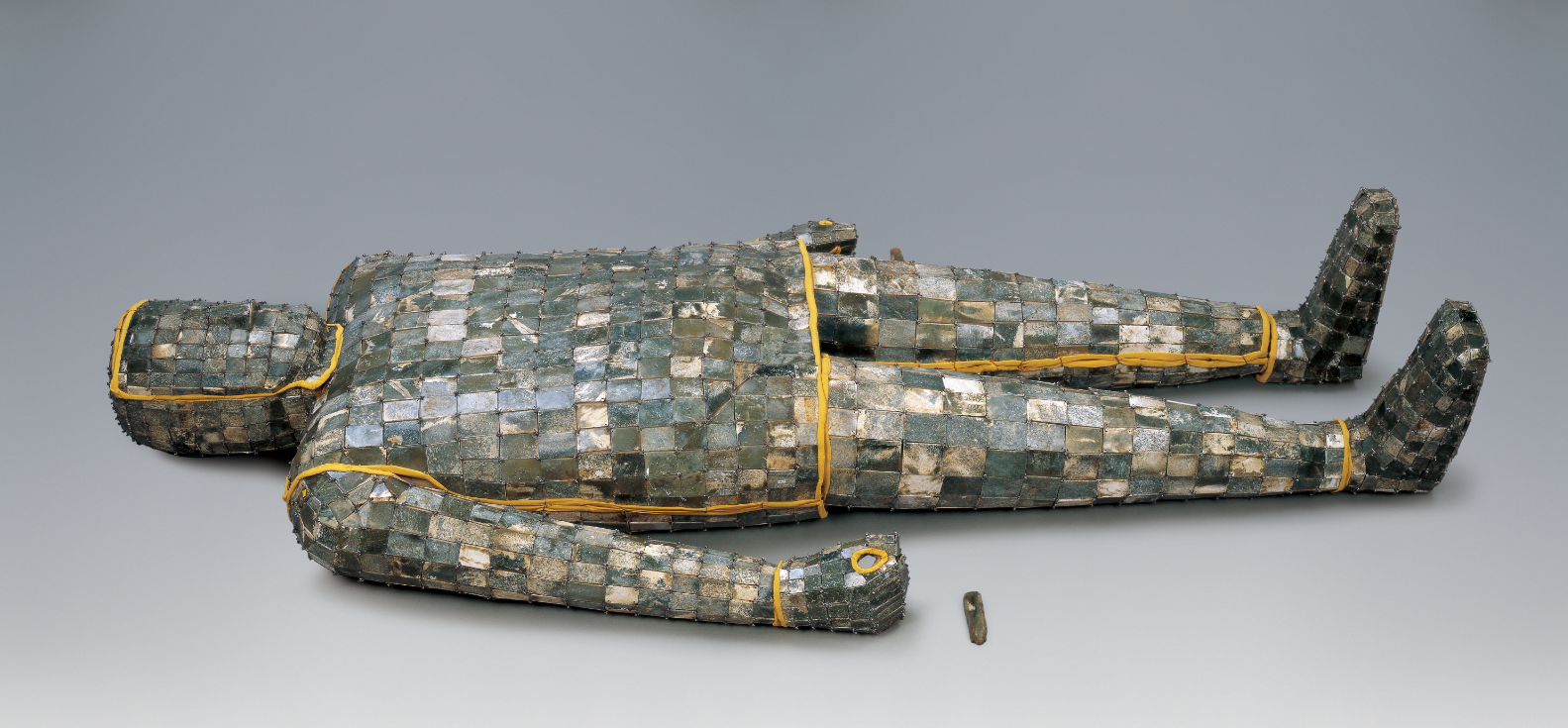

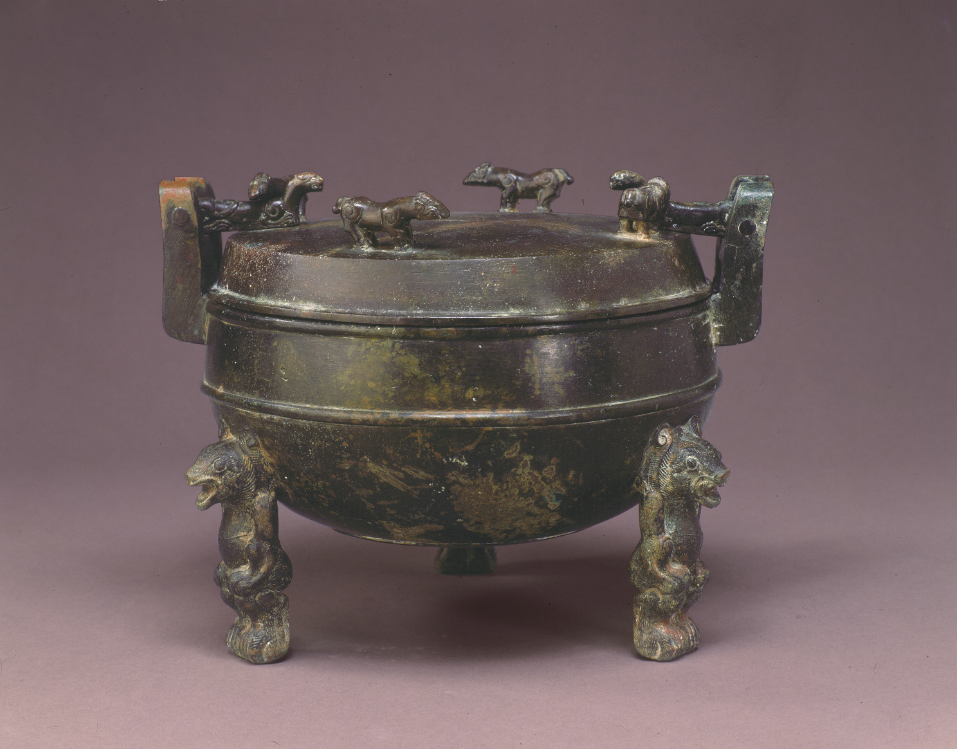

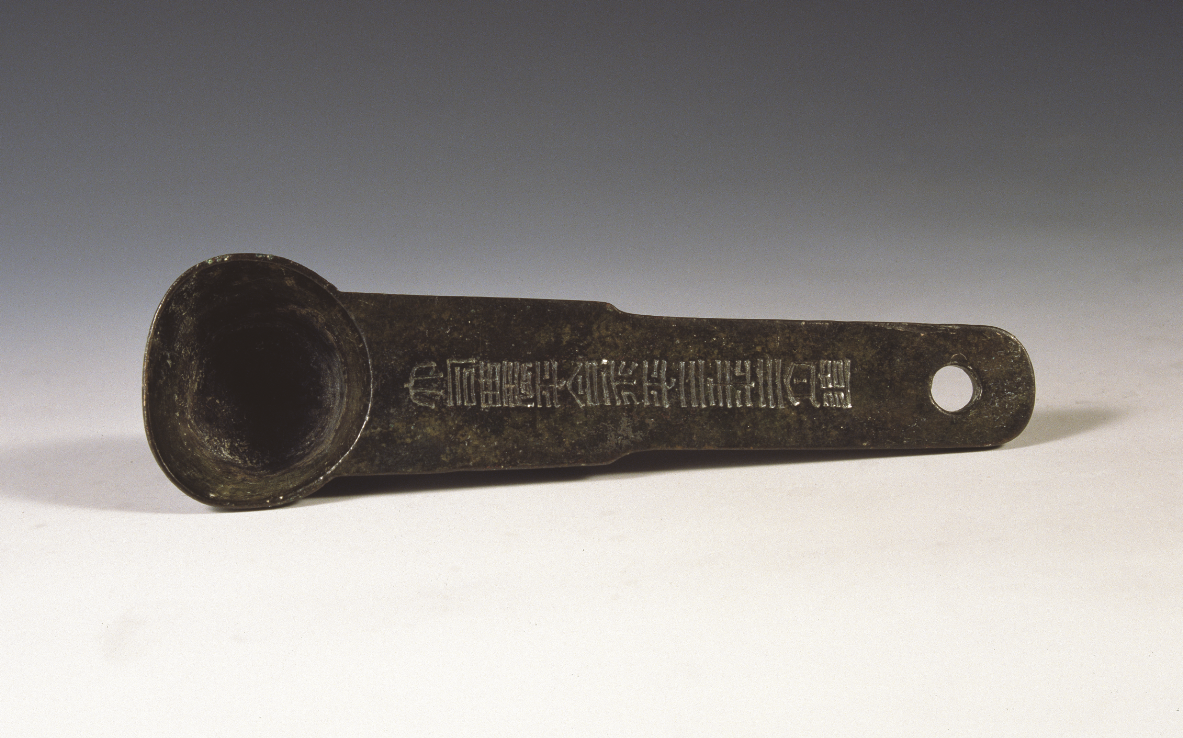
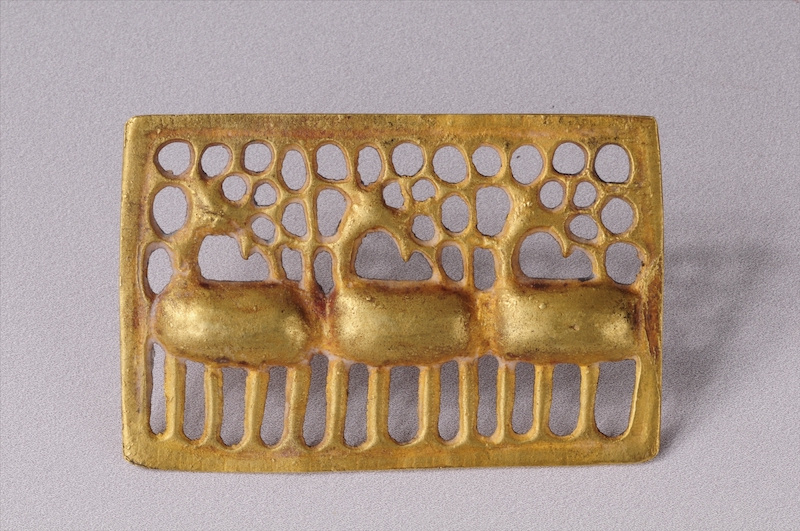

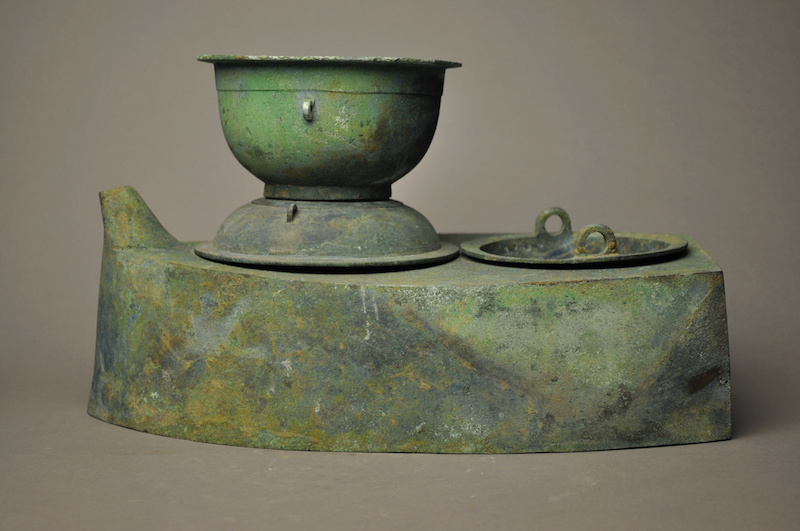

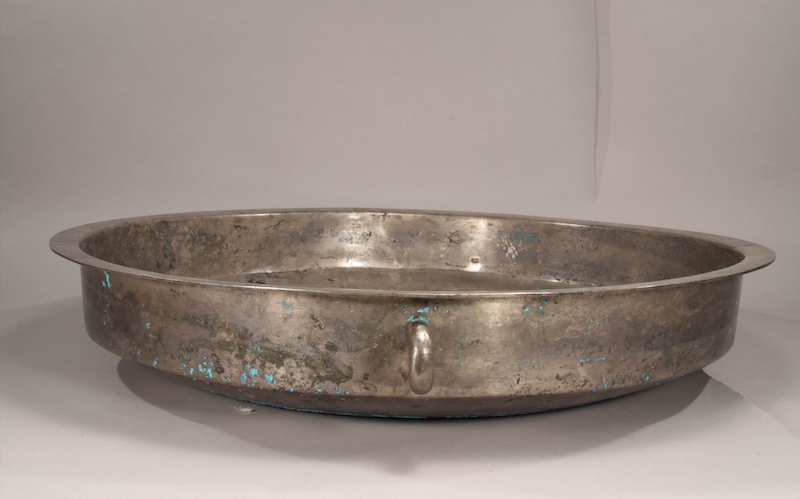
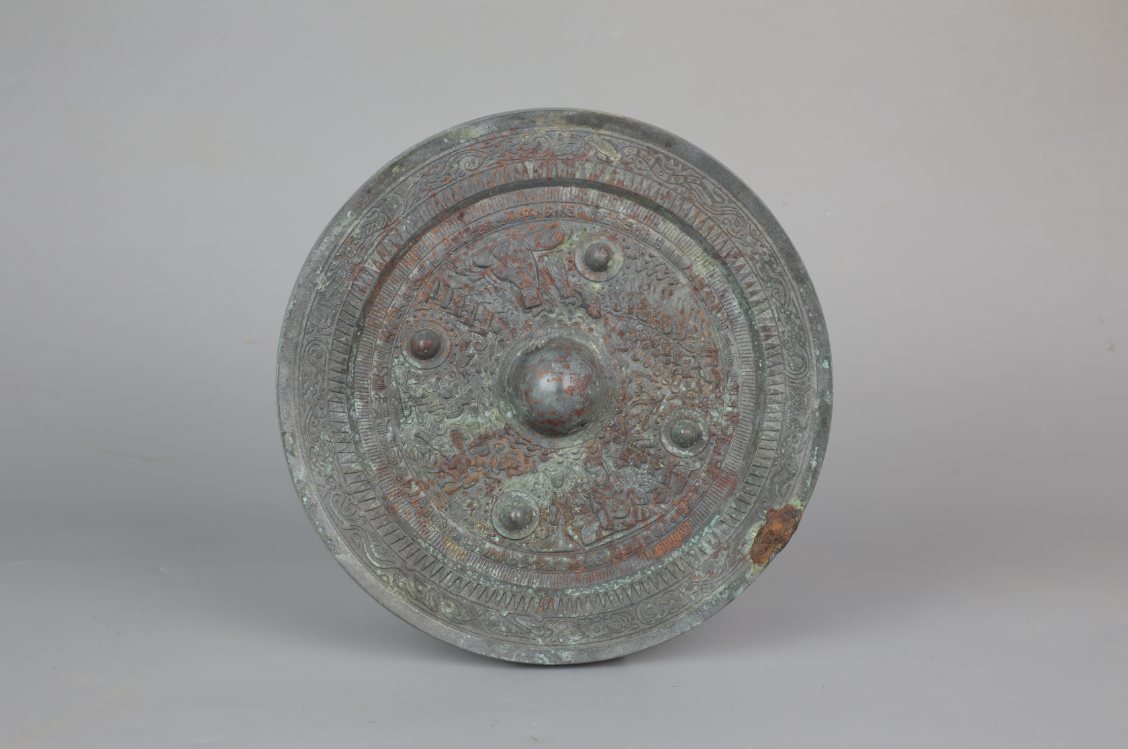

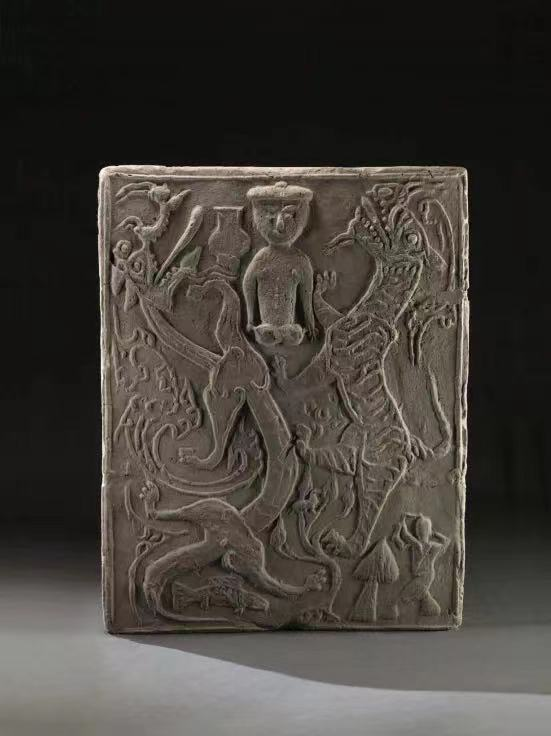

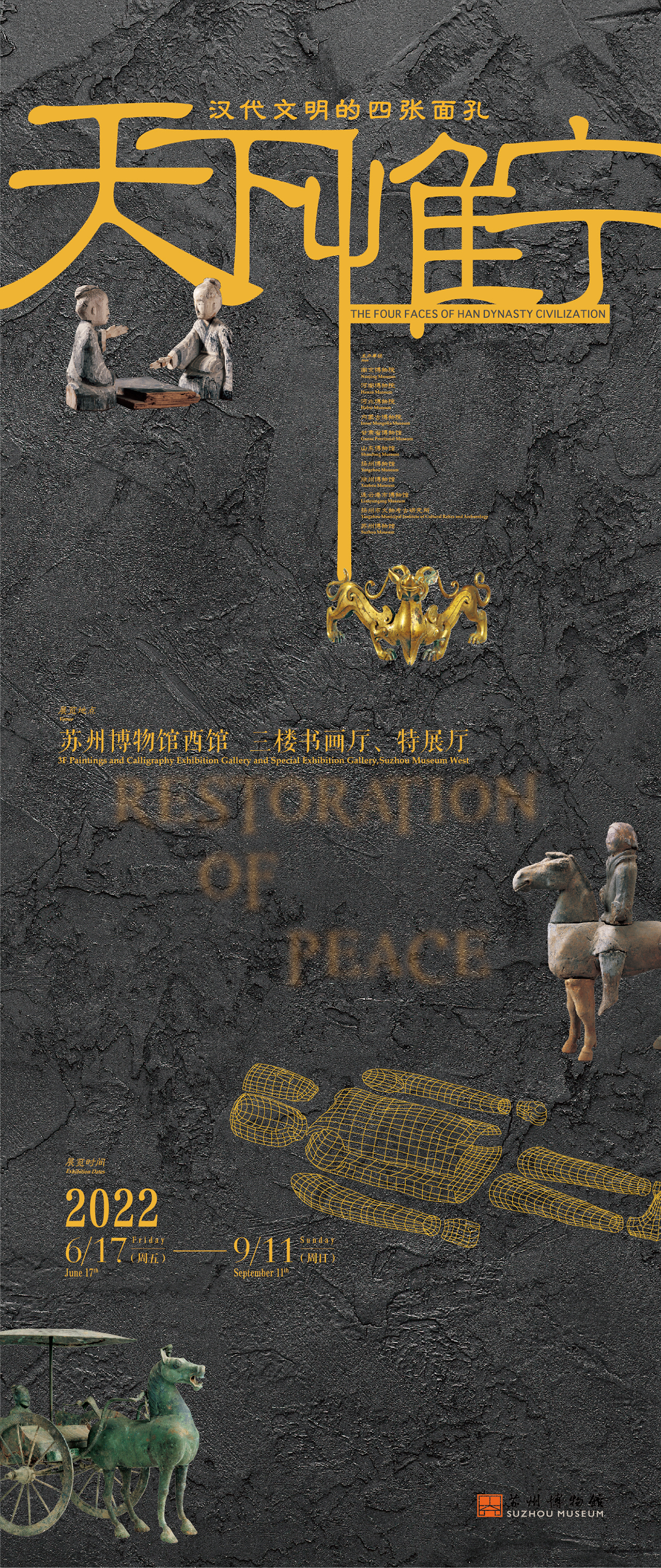
The Paper has learned that on June 17, 2022, the special exhibition "Only Peace in the World - Four Faces of Civilization in the Han Dynasty" will be exhibited in the West Hall of Suzhou Museum. This exhibition takes "faces" as the interpretive core of each unit, showing the Han Dynasty society in which the princes in the court are sweet and delicious, the soldiers on the battlefield are sharp and strong, the people in the market make ingenious tools, and the spirits of the sea, the beasts and the mountains in the fairy world live in the Han Dynasty society. picture of life. At the same time, the exhibition starts from "Han inherits the Qin system", and lays the foundation of the Han Dynasty, on the basis of the sublation of the Qin Dynasty's system, to keep the internal and external, establish prestige and establish trust, so that all classes can finally achieve the unanimous appeal of "the world is peaceful". narrative lines. It is reported that the exhibition will last until September 11.

pottery dancing figurines
The exhibition focuses on 11 cultural and museum institutions, including Nanjing Museum, Henan Museum, Hebei Museum, and Suzhou Museum, with a total of 228 pieces/groups of cultural relics, including 47 first-class items, including bronze ware, jade ware, gold and silver ware, ceramic ware, lacquer Various types of wood. Most of the exhibits come from archaeological excavations in recent decades. From Mancheng to Tushan, from Saibei to Jiangnan, when the ideological and institutional classics of the Han Dynasty became genes and passed on in the blood of the Chinese people, these hidden things that have been buried underground for more than 2,000 years just make the immortal value of the classic era to be precipitated and revealed. before. There are not only an overview of the political system, the rise and fall, but also a glimpse of the expansion of the territory and the connection of wars; there are various and complicated music and dances, and there are inclusive beliefs and behaviors. By displaying a cultural relic, telling a story of the Han Dynasty, and restoring a detail of the Han Dynasty society, in order to explore a problem of the rise and fall of civilization.
"Liu He" silver thread jade clothes

Bronze Yangzun Lamp (after the lamp panel is buckled)

Bear's foot bronze tripod
The exhibition presents many classic elements of Han Dynasty art in its formal design. The exhibition hall uses black, yellow and red, which were advocated by the Han Dynasty, as the basic tones, interspersed with motifs from the Han Dynasty portrait stones, bronze mirrors, and lacquer ware as the shading. Plastic exhibition space.
Green glazed three-story pottery building

Tongda Si Nong leveling and bucket inspection seal

Three deer pattern gold ornaments

Round Carved Hetian Topaz Grip
The special exhibition "Rome: City and Empire" at the British Museum is on display in the West Hall of Suzhou Museum, and will end in September at the same time. Therefore, in the process of restoring the social details of the Han Dynasty, the exhibition attempts to compare the similarities and differences between the rise and fall of the Eastern and Western empires, and create a dialogue across regions.
Green Glazed Pottery Stove

Gilt deer bronze ornament

Remember the inscription silver mirror

Du's Immortal Character Inscription Bronze Mirror
The Han Dynasty and the Roman Empire were similar in time and had many common characteristics of the times, and even historical records also left the imprint of the exchanges between the two. Unlike the Roman emperors, the emperors of the Han Dynasty were not keen to show their faces to the world, so they could not see coins with their faces crossing the mountains and seas, nor did they see stalwart life-size statues standing in temples. However, this does not affect the establishment of the authority of the emperor in the Han Dynasty, nor does it prevent the material culture and graphic art of the Han Dynasty from standing proudly in the world history for thousands of years. The princes in the court are willing to eat and wear delicious clothes, the generals on the battlefield are sharp and strong, the people in the market make ingenious tools, and in the fairy world, the sea, beasts, mountains and spirits live. Art in the Han Dynasty can often reproduce a scene with only a vague face, and achieve a figurative depiction of social life and a grand historical narrative appeal.
Painted Wooden Dove Staff
"However, whether it is 'the world is peaceful, the system is reformed to change customs' in "Records of the Grand Historian, Tai Shigong's Preface", or the 'China Daning, the descendants Yichang' on the Xinmang bronze mirror, the peace of the family and the country is the most extreme spirit of the Han people Recourse. The reason why the Han Dynasty gained the celestial lineage was also due to the power of 'inheriting the change and making people tireless'. This exhibition is the first exhibition of the Suzhou Museum's 'Ancient Civilization Series' exhibition. Looking forward to the world, looking forward to Yongning." said the curator of Suzhou Museum.
Bricks of the Queen Mother of the West Collection of the Han Suzhou Museum
During the exhibition, the organizer also co-organized a series of lectures on the special exhibition titled "The World is Peaceful: Four Faces of the Civilization of the Han Dynasty", including Professor Zheng Yan's "Old House" or "Old Homeland"? ——Observation on the Stone Tombs of the Han Dynasty in Southern Shandong and Northern Jiangsu”, “Meteorology of the Han Dynasty—Cultural Tour of the Han and Han Dynasties in Xuzhou” by Geng Jianjun, researcher of Xuzhou Museum and former director of the Archaeological Department of Xuzhou Museum; The Discovery and Research of Yangzhou Museum and Yangzhou China Woodblock Printing Museum Curator Shu Jiaping's "Moonlighting the Ancients - A Summary of the Han Dynasty Archaeology in Yangzhou Area", etc.
Eastern Han portrait stone in Jiuxian County, Qufu, Shandong
(This article is based on information provided by the Suzhou Museum.)
Exhibition poster
Related Posts